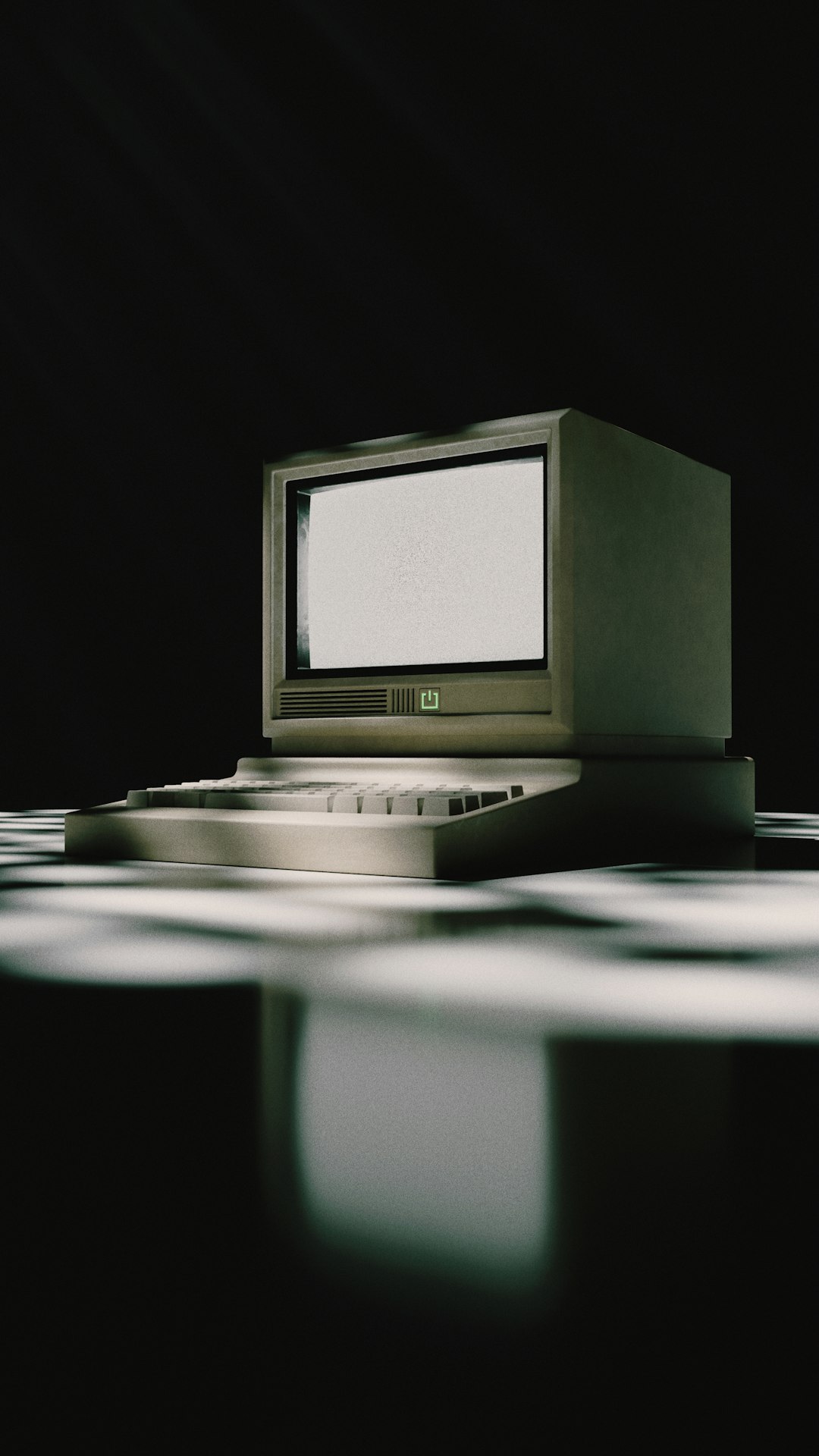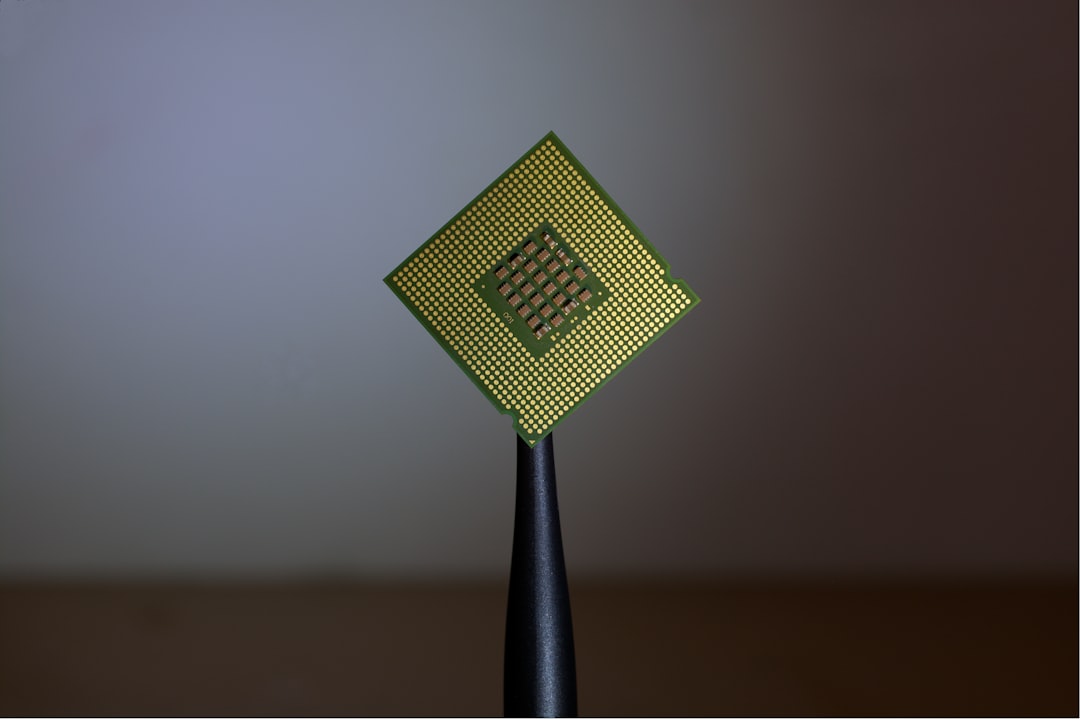Windows 98 might belong to a bygone era, but in some niche environments—such as legacy medical, industrial, or academic systems—it remains operational. One of the challenges of maintaining these older systems is managing forgotten passwords, particularly those related to file sharing. If you’ve lost or forgotten a Windows 98 file share password, this guide outlines the correct and responsible methods to reset or gain access to your data while preserving system functionality and security.
Understanding Windows 98 File Sharing Passwords
Windows 98 uses a simple security model based on share-level access. Unlike later versions of Windows, which offer user- and group-based permission settings, Windows 98 controls access to shared folders using manually defined passwords. These passwords are stored in hidden .pwl files (password list files) that are associated with a specific user profile.
It’s important to note that bypassing forgotten passwords should only be done by authorized personnel. Using unauthenticated methods or third-party hacking tools could result in data corruption, loss of system integrity, or legal consequences in professional environments.
Methods to Reset or Bypass File Share Passwords in Windows 98
There are a few recommended ways to recover access to a shared resource when the password is unknown. Below are the most reliable approaches:
- Delete the Password List Files (.PWL)
One of the most direct methods to remove forgotten share passwords is to delete the associated.pwlfiles. These files store cached network and share passwords. To do this:- Restart the computer in MS-DOS mode from the shutdown menu.
- Navigate to the C:\Windows directory by typing:
cd windows - List all password files by typing:
dir *.pwl - Delete relevant files:
del username.pwl(Replaceusernamewith the actual username.) - Restart the computer normally.
After reboot, Windows will prompt for a new password on next login. Any previously stored share passwords will be erased.

- Disable File Sharing Passwords Temporarily
In a situation where time is short and full access is needed quickly, consider temporarily disabling password protection. Steps to do this:- Go to Control Panel → Network
- Under the configuration tab, select File and Print Sharing
- Click “I want to be able to give others access to my files”.
- Then go to the Access Control tab and switch from “Password” to “User-level access control”.
Note that this method may require a connection to a Windows domain or user list, and switching back to the share-level model will wipe any previously set passwords.
- Recreate the Shared Folder
A fresh share setup can also bypass an unknown password:- Right-click on the shared folder and select Sharing.
- Select “Not Shared”, then apply changes.
- Return to sharing options and re-enable sharing with a new password.
Be aware that this might disconnect any currently connected users and may require reconfiguration on client machines.
Precautions and Final Considerations
When handling forgotten passwords on any operating system, especially one as fragile as Windows 98, proceed with caution. Corrupting .pwl files or misconfiguring network settings can result in more significant issues than a single locked share.

To help prevent future lockouts:
- Keep a secure log of share passwords in a locked physical or digital vault.
- Establish user profiles with clear documentation.
- Regularly audit old accounts and remove unused credentials.
Although Windows 98 no longer receives official support, responsible users and IT personnel can extend its lifespan with careful management and proper backup strategies. In rare legacy cases, this system still plays an important role—whether due to hardware dependencies or specialized applications that don’t yet have modern substitutes.
Important: Always ensure you are in compliance with your organization’s security policies and local laws when accessing or modifying the contents of any computer system.




